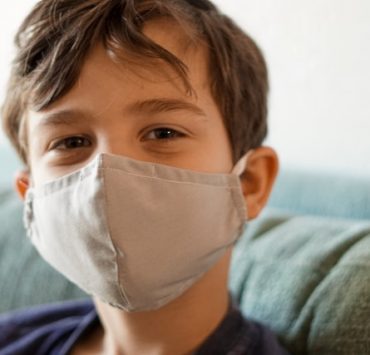No anthrax in PH yet, but Laos cases under watch

The Department of Health (DOH) has downplayed the remote possibility that anthrax, a noncontagious but fatal disease, may spread in the Philippines like in in Laos.
“The risk of the general public getting infected by anthrax is very low. Veterinarians, farmers, livestock personnel, and other workers who handle animals and their products may have a higher risk,” the DOH said in a statement on Saturday evening.
The agency explained that anthrax does not spread from person to person like colds or flu, or even pertussis or measles of which outbreaks have been reported in some parts of the country.
It is caused by a bacterium called Bacillus anthracis, which produces spores. Livestock animals, such cattle, sheep, goats, antelope and deer, are the ones most affected. People can get sick with anthrax when spores get into the body through contact with infected animals or contaminated animal products.
The DOH, however, said it “is closely monitoring developments” in other countries that have reported a higher than usual number of anthrax cases.
It is also coordinating with the Department of Agriculture for preventive measures for animals including livestock.
Based on DOH data, there were only 82 suspected anthrax cases recorded over the past seven years, from Jan. 1, 2017 to Dec. 31, 2023.
There were no reported anthrax health events in 2019 to 2021; neither have there been any from Jan. 1 to March 29, 2024.
Because the risk of contracting anthrax is specific to certain populations and occupations, available vaccines for anthrax are not used for the general population, according to the DOH.
Cook meat well
The public can avoid getting anthrax by avoiding raw or undercooked meat or meat products. It also advised against making contact with livestock or animal remains.
The government of Thailand has ordered officials to closely monitor livestock along the border with Laos after more than 50 people were reported to have contracted anthrax in the neighboring country.
The state-controlled media of Laos have reported 65 suspected cases, including 54 in southern Champasak province, which borders Thailand.
Anthrax can cause severe illness in both humans and animals. Its symptoms depend on how it is contracted: cutaneous (through skin); gastrointestinal (by consuming meat of an infected animal); inhalation (breathing in anthrax spores); and through injection. Anthrax infection, however, starts with symptoms that resemble the flu.
Careful with wounds
The most common way of contracting anthrax is through a skin-related anthrax infection, where the spore enters your body through your skin, usually through a cut or other sore.
Among its symptoms include a raised, itchy bump resembling an insect bite that quickly develops into a painless sore with a black center.
A gastrointestinal anthrax infection results from eating undercooked meat from an infected animal. Its symptoms include nausea, vomiting, abdominal pain, loss of appetite, bloody diarrhea, sore throat and difficulty swallowing, and swollen neck.
Meanwhile, inhalation anthrax is the most deadly form of the disease, and is often fatal, even with treatment. Its symptoms include coughing up blood, painful swallowing, high fever, shock and meningitis.
Another type of anthrax infection has been identified in heroin-injecting drug users in northern Europe. Its symptoms may be similar to those of cutaneous anthrax, but may lead to shock, multiple organ failure and meningitis. INQ

















